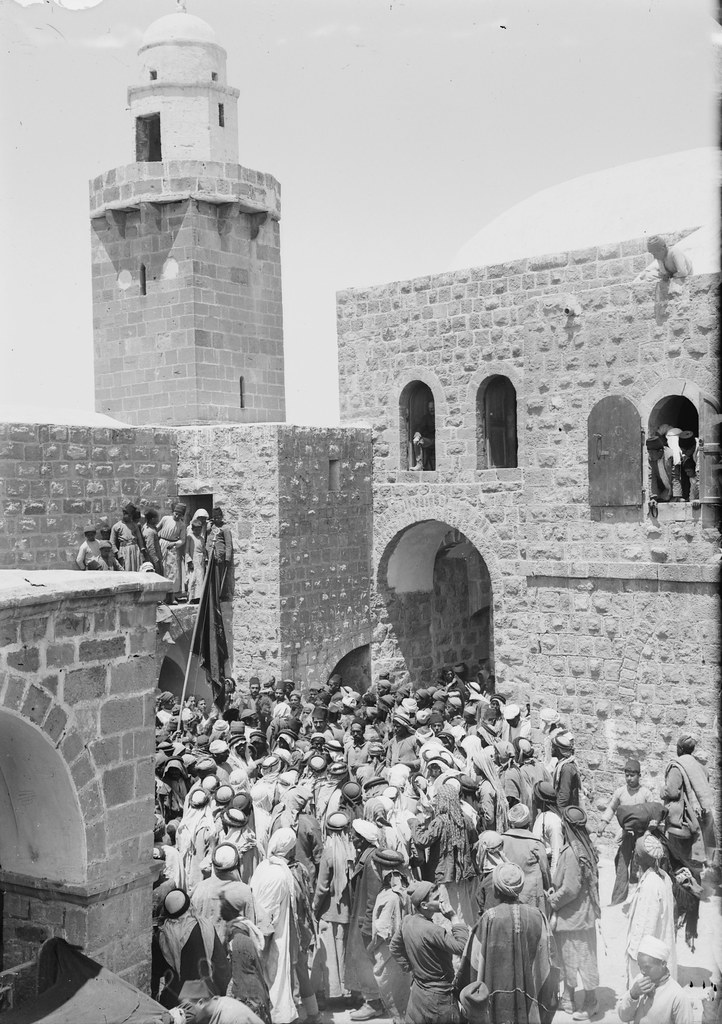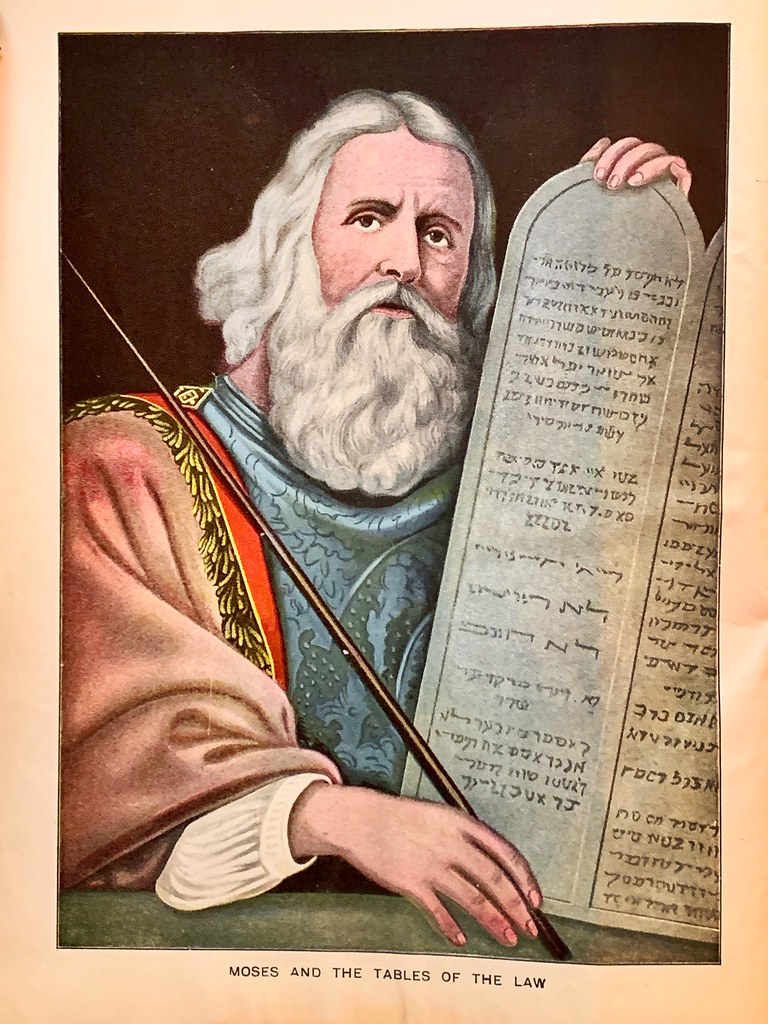Exodus 26 provides intricate details about the construction of the Tabernacle’s curtains, veils, and coverings. While the chapter doesn’t explicitly mention Jesus, it contains profound Messianic symbolism that points to Him as the ultimate fulfillment of God’s redemptive plan. In this article, we explore the significance of Exodus 26 and its hidden message about the person and work of Jesus Christ.
In Exodus 26, God provides meticulous instructions for the design and construction of the curtains and veils that would cover the Tabernacle, creating a place of divine encounter. These details may seem like mere architectural instructions, but they carry profound Messianic symbolism that foreshadows Jesus Christ.
The Tabernacle’s curtains and veils served as barriers that separated God’s holy presence from sinful humanity. The fine linen used for these coverings symbolized the purity and righteousness required to approach God. In the New Testament, we find that Jesus is described as the sinless and spotless Lamb of God, whose righteousness covers and cleanses believers. He is our High Priest, providing access to God’s presence.
The veil within the Tabernacle, as described in verses 31-33, was particularly significant. This thick curtain concealed the Holy of Holies, representing the barrier between humanity and God’s presence. When Jesus was crucified, the Gospel of Matthew records that the veil in the temple was torn in two from top to bottom (Matthew 27:51). This miraculous event signified that through Jesus’ sacrificial death, the barrier of sin had been removed, granting all believers direct access to God.
 Exodus 26 also emphasizes the importance of unity in constructing the Tabernacle. The curtains were to be joined together, illustrating the unity of believers in Christ. Paul, in the New Testament, frequently emphasizes the unity of believers in one body, the Church, through faith in Jesus.
Exodus 26 also emphasizes the importance of unity in constructing the Tabernacle. The curtains were to be joined together, illustrating the unity of believers in Christ. Paul, in the New Testament, frequently emphasizes the unity of believers in one body, the Church, through faith in Jesus.
Moreover, the materials used in the construction, such as the scarlet thread and the ram’s skin dyed red, foreshadowed the shedding of Jesus’ blood for the forgiveness of sins. His sacrifice became the ultimate means of atonement, reconciling humanity with God and establishing the New Covenant.
In conclusion, while Exodus 26 doesn’t explicitly mention Jesus, it contains deep Messianic symbolism. The curtains, veils, and coverings of the Tabernacle convey powerful messages about Jesus as the High Priest, the Lamb of God, and the One who removes the barrier between God and humanity. They also emphasize unity among believers and the role of Jesus’ blood in atoning for sin. These hidden messages point to Jesus as the central figure of God’s redemptive plan.
#Exodus26 #TabernacleCurtains #MessianicSymbolism #JesusChrist #RedemptivePlan #Veil #DivineRevelation #Salvation #HighPriest #AccessToGod #SacrificialLamb #CovenantFulfillment #Redemption #Grace #NewCovenant #SinAtonement #DivinePresence #HolyPlace #HolyofHolies #Messiah

